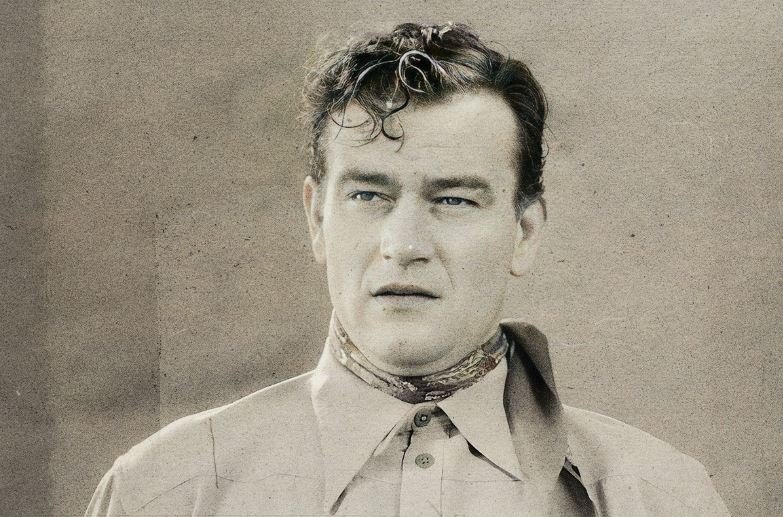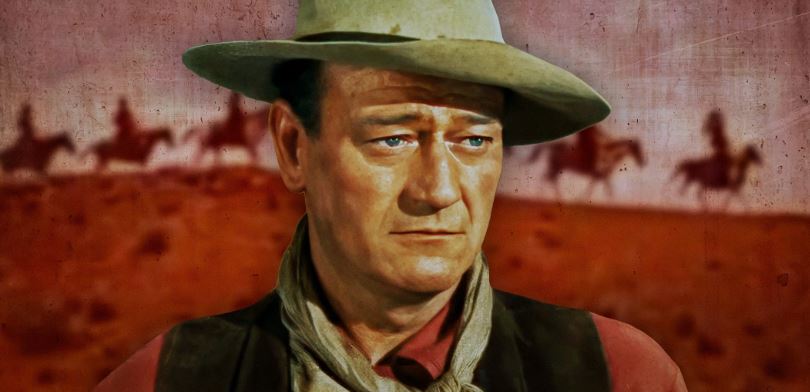He is one of the most divisive figures in cinematic history. His political leanings and social outlook has left many of his previous fans in shock and horror. But when it comes to the world of western cinema, it would be hard not to trust the opinion of one of its most significant figures, John Wayne.
After all, Wayne had starred in countless classic western movies, including his breakthrough in the genre, The Big Trail. The genre allowed Wayne to become a superhero of sorts. After the Second World War as America took its spot as the world’s leading superpower, Wayne operated as the moral compass of the screen, battering villains and gathering a hero’s welcome wherever he went. And it all started by being a gunslinging cowboy.

After that first moment of Wayne as a cowboy figure in the movies, the Iowa-born actor never looked back and following his appearance in John Ford’s Stagecoach, the western movie world was Wayne’s for the taking, leading to further appearances in the likes of Red River, The Searchers and True Grit to name but a few classics from his career.
With one foot persistently in the world of western film, Wayne was always looking at his competitors to offer his hot takes. He had no kind things to say about Sam Peckinpah’s epic revisionist western movie The Wild Bunch, starring William Holden, Ernest Borgnine and Robert Ryan, though.
The 1969 film focuses on an ageing outlaw gang who struggles to adapt to the ever-modernising world in 1913 at the United States-Mexico border. The Wild Bunch is acclaimed for its use of inventive editing, slow-motion scenes and its then-controversial use of excessive graphic violence.
It was that latter part of t he film that Wayne took issue with, and in a 1971 interview with Playboy, he explained that he found the gore of Peckinpah’s movie crude in nature. “To me, The Wild Bunch was distasteful,” the actor said. “It would have been a good picture without the gore.” For Wayne, movies were meant to be enjoyed by the whole family. He would later decry the growing ‘vulgarity’ of the movie industry, labelling many of the productions of the 1960s and ’70s as morally bankrupt.
Wayne wanted his movies to feel like stories, not real life. He believed that what you saw on the screen should be a dramatised version of reality, not a brutal look at the drama of humanity. He continued: “Pictures go too far when they use that kind of realism, when they have shots of blood spurting out and teeth flying, and when they throw liver out to make it look like people’s insides.” Wayne felt that by using that level of violence in the film, The Wild Bunch was taking away the magic of cinema.
By that, he meant that audiences would be drawn to go and see the movie just for the gore and graphic violence rather than the narrative, acting and production values. “That may make the bankers and stock promoters think that it is a necessary ingredient for successful motion pictures,” Wayne added. “They seem to forget the one basic principle of our business – illusion. We’re in the business of magic.”
Evidently, Wayne thought that the cinema industry had a responsibility to keep a level of violence to a minimum while admitting that it’s a necessary part of some narratives, particularly in the western film genre. But it was the over-gratuitous level of graphic violence and gore that the western icon took issue with.
